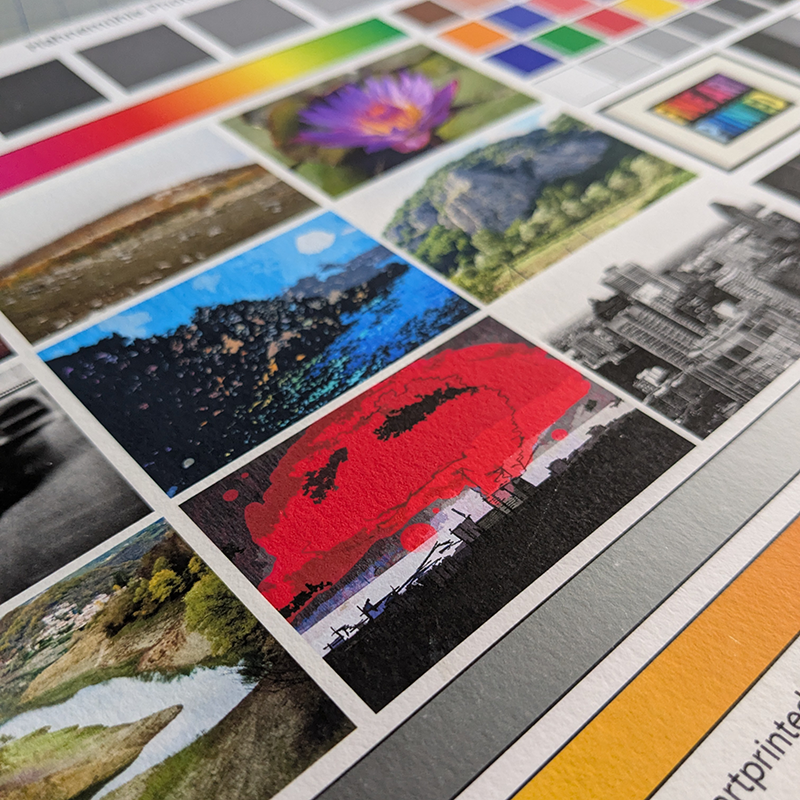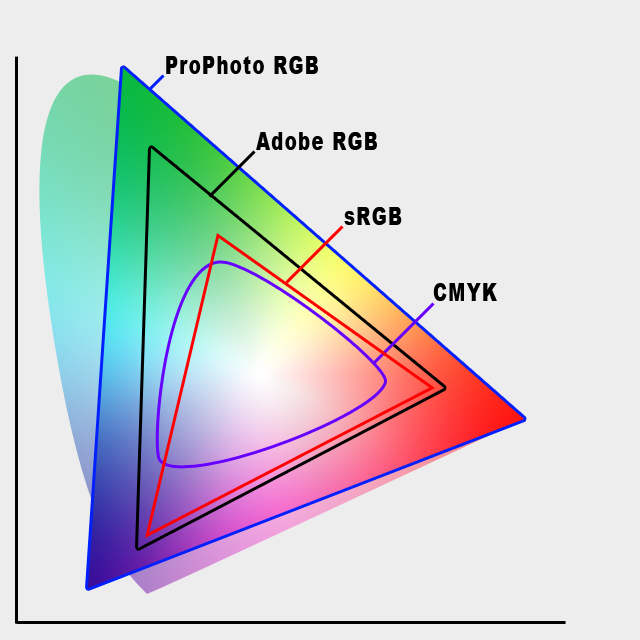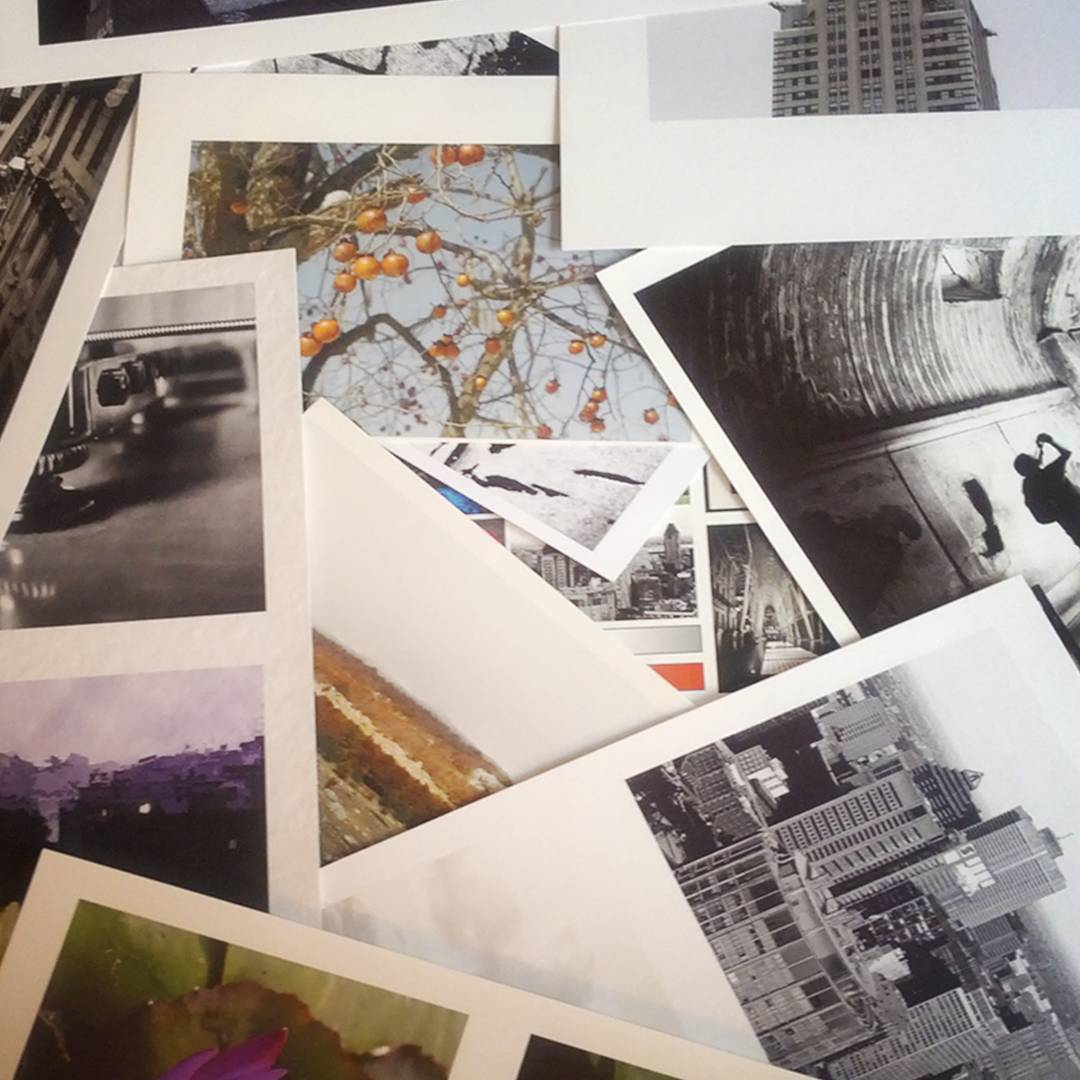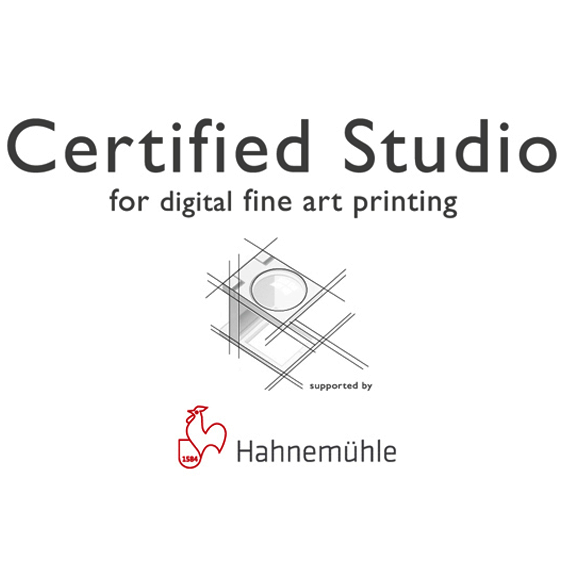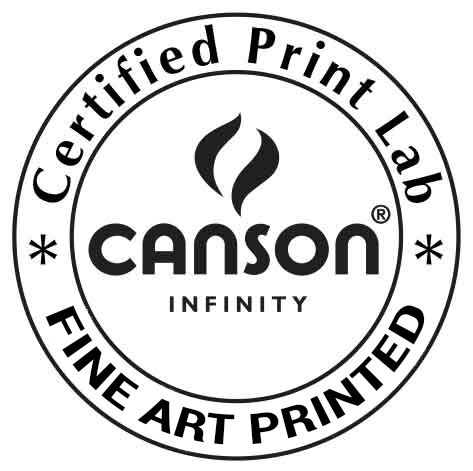Fine art printing: what does it mean?
Before we understand what a Fine Art print is, let’s start with the basics to get there gradually: Fine Art in English has the following definition: “creative art, especially visual art, whose products are to be appreciated primarily or solely for their imaginative, aesthetic, or intellectual content.” This means that we could simply translate it as Fine Art, which in Italian has the following definition: “The expression fine arts means any form of art developed primarily for aesthetic purposes and conceptually distinct from utility. …. Specifically, in photography, the term fine arts means work to produce an artifact that is the synthesis and synergy of technique and quality. Both elements of technique and quality must conform to professional and artistic standards; the elements are balanced with individual creativity.”
So it is an art print. That is, a print that has the characteristics inherent in the definition of “fine art.” In this case, however, the “direct” translation is not much help to us. In fact, even classical printing (Lithography, Xylography, Silkscreen and others) is necessarily an art print (and we would miss it!). Abroad, classic prints are identified as Fine Art Prints. So any kind of print that represents a work that is the result of inventiveness and skill can be considered an art print and generically a Fine Art Print. One must go into more detail to understand that certain definitions cannot be applied too loosely.
Here we talk about Digital Printing.
Within digital printing there are many different printing technologies. Each technology has its merits and demerits and, of course, its preferred field of application. We would never print flyers using a fine art printer (they would come out very well, but the cost would be impractical). Just as one would not print artwork intended to be hung, stored for a long time or sold, through unsuitable printing technologies (offset, laser, solvent printing, direct printing on forex etc).
This means that within the field of Digital printing, not all works that are the result of inventiveness and skill can be considered Fine Art prints. Some prints could be considered borderline art prints (everything can be art). So this is where the English-Italian translation cannot be automatic.
Fine Art Printing in the field of digital printing identifies not only a work that is the result of inventiveness and skill, but also a quality of print resulting from certified pigment inks, quality cotton paper, ability to represent colors and durability of the same. Here we come to the confusion: Giclée printing. This type of printing is literally printing by “inkjet.” Although it is universally recognized as synonymous with quality (because it is in fact a printing technology capable of achieving qualities unthinkable by other printing methods), not all Giclée (inkjet) printing can be considered Fine Art. Fine art printers use many more pure colors, up to 12 (+ other specials) to achieve large color gamuts and reproducibility. In addition, fine art printers use pigment colors that are of higher quality than those from home printers. If your home printer is not Laser, it is most likely inkjet. Congratulations! You have a Giclée printer! Over time, the definition has been ennobled and so we tend to identify more in this group with professional printers and not amateur home printers. However, even staying with the professional, it is not just the printer that makes the Fine Art print, but it is mainly the use of pigment inks and the right paper.
All Fine Art prints are Giclée but not all Giclées are Fine Art.
With the same printer, it is possible to print on photographic paper or Fine Art paper. The difference is clearly in the materials, their quality, durability and color matching.
And here we return to the concept of fine art printing. Why would an artist (Photographer, Illustrator or other) print on Fine Art rather than on photographic paper of a few euros per square meter? Simple! Classic prints from 200 years ago or more (but we could go back a lot) are still here. They can still tell us and show us the past and the great skills of those who came before us. If an artist today wanted to sell his (digital) printed works, he would absolutely have to understand the importance of the durability of a print. He or she would never want to be in the position of selling a work that within a year completely changes in appearance and deteriorates beyond repair. This is important for the buyer as well! Buying a Fine Art print (the real ones!) is a guarantee of investment and quality that only this type of print can give.
Unfortunately, some “experimenters” modify printers to use non-original inks that are not designed to last, but perhaps achieve very deep blacks or special effects that are not sure how long they will last. As much as any manifestation that is the result of human ingenuity can be considered a work of art, not all works of art will be able to be considered fine art prints. To be so, it is necessary to consider respect for the original materials as a requirement and a guarantee. In fact, inherent in the concept of fine art printing is the use of all original and certified materials, so that the durability of the print can be “guaranteed.” Of course, it is not possible to accurately guarantee the durability of a print because it depends on multiple factors: exposure to light, the type of ink used, the type of paper, the materials with which it comes into contact, humidity, temperature, and even the composition of the air. What can be guaranteed is that by using original colors and products that have been tested and designed to last, and by following suggestions for the best preservation, you will have the best conditions for a print to last.
With Fine Art printing, even Digital art can be included in the Olympus of commercial fine art prints, if we want to call them that. So buying or selling one can be on the same level as a classic print(and here I could risk lynching). But in fact a Fine Art print lasting over time and being able to be certified with a limited series takes on the same value as a classic print.
It’s not just a matter of printing
Within the concept of Fine Art printing I would also like to bring in the ability of the printer to follow certain rules or workflows that determine the final quality of the same. The respect of the paper, the use of certified and original materials, the importance and care in the choice of every single acid free component with which the print will be in contact and last but most important and decisive point:
The mastery of color management: the management of the color of the file from when it is sent by the client until it is printed (but if you want to get it right, you have to start even earlier). It is only by mastering color management that it is possible to reproduce a print with the same characteristics over time and in a predictable way. It is very important to understand this point because you cannot print without knowing how to follow consistent color management.
Fine Art Printed as Canson Certified Print Lab and Hahnemühle Certified Studio strives daily to meet all requirements and quality standards related to fine art printing.
Well! You should now have a clearer idea (assuming you haven’t fallen asleep) of what a Fine Art Print is and why it is important to invest in quality prints.
The importance of fine art prints in museums
Fine Art prints are not only a tool for artists and collectors, but also represent an indispensable standard in the museum and cultural institution world. Museums have an obligation to ensure the preservation of works for decades, if not centuries, which is why they require certified materials, acid-free cotton-based papers and pigment inks that can ensure color stability and durability over time. Only Fine Art printing, made with controlled and certified processes, can meet these quality and preservation requirements, allowing digital and photographic works to fully enter permanent collections.
If you would like to learn more about how our Fine Art prints are used in museum and institutional settings, visit the dedicated section: Fine Art Printing for Museums.
In conclusion, it seems right to me to quote Vinton Cerf (one of the fathers of the Internet) who suggests that we print before it is too late:
“We are nonchalantly throwing all of our data into what could become an information black hole without realizing it. We digitize things because we think we will preserve them, but what we don’t understand is that unless we take other steps, those digital versions may not be any better, and may even be worse, than the artifacts that we digitized. … If there are photos you really care about, print them out.”
And I would add: Printed in Fine Art!
Happy printing!
Simone Pompei









